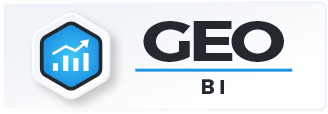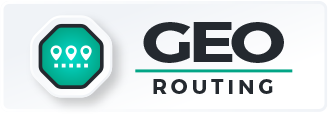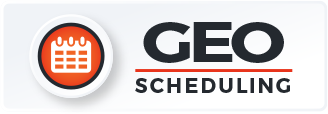- Blog
- Geo Routing
- The Bulk Route Planner Advantage: Cutting Costs in High-Volume Delivery
In today’s fast-moving logistics environment, delivery costs can make or break profitability. High-volume operations need more than basic navigation — they need a smarter way to manage routes across dozens or even hundreds of stops. That’s where a bulk route planner becomes invaluable. Instead of manually piecing together directions, businesses can optimize entire delivery runs at once, cutting wasted mileage, reducing fuel consumption, and improving on-time performance. For enterprises managing fleets at scale, bulk route planning isn’t a luxury — it’s a competitive advantage.
What Is a Bulk Route Planner?
A bulk route planner is a tool that helps businesses generate optimized routes for large numbers of stops in one process. Unlike basic tools that handle just a few addresses, advanced solutions act like an enterprise fleet management system, supporting hundreds of stops and integrating performance data. Whether it’s a multi stop route planner for delivery drivers or a multi address route planner for field service teams, these tools streamline operations by making route planning efficient and scalable.
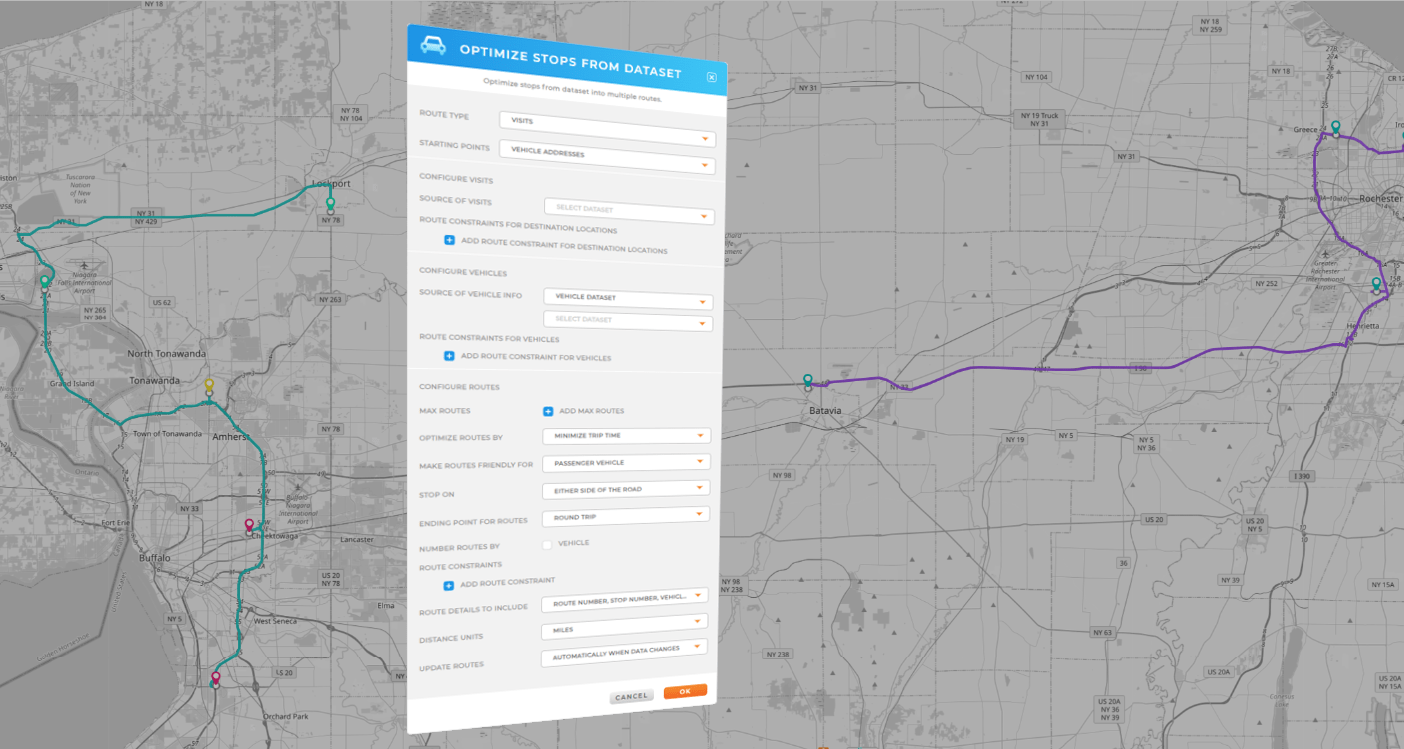

Pro Tip: Pair your bulk route planner with Geo Routing for enterprise-level efficiency. With integrated multi stop route planning, workload balancing, and fleet tracking, you’ll cut costs and improve service at scale.
Why Bulk Route Planning Matters for High-Volume Operations
When companies try to manage multiple deliveries with basic apps, inefficiencies pile up quickly. Generating directions with multiple stops in free platforms often leads to unoptimized routes, wasted fuel, and late deliveries. A dedicated system that can generate a map with several stops at once gives managers full control over routing. For high-volume operations, multi stop route planning improves customer satisfaction while lowering operating costs. The time saved planning routes translates directly into cost savings and happier customers.
Business Benefits of Bulk Route Planning
Adopting a bulk route planner delivers measurable improvements across logistics and field service teams. Instead of manually sequencing stops, teams can upload hundreds of addresses at once and instantly generate optimized routes. This reduces travel time, cuts fuel costs, and minimizes vehicle wear and tear—savings that add up quickly at scale. Bulk planning also improves workforce productivity by ensuring drivers spend more time completing jobs and less time on the road. With data-driven efficiency, managers can handle higher volumes without adding resources, creating a competitive advantage. Ultimately, bulk route planning empowers organizations to deliver faster, serve more customers, and grow profitably.
Lower Fuel and Mileage Costs
By optimizing routes across hundreds of stops, businesses reduce mileage and fuel consumption. This efficiency saves money while also reducing wear and tear on vehicles.
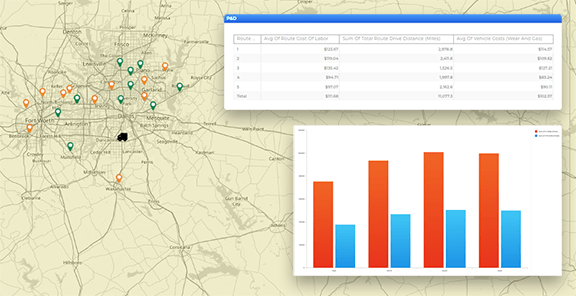
Improve On-Time Performance
With optimized routing, delivery drivers hit more stops in less time. A multi stop route planner helps ensure that customers receive their deliveries within promised time windows, boosting satisfaction and loyalty.
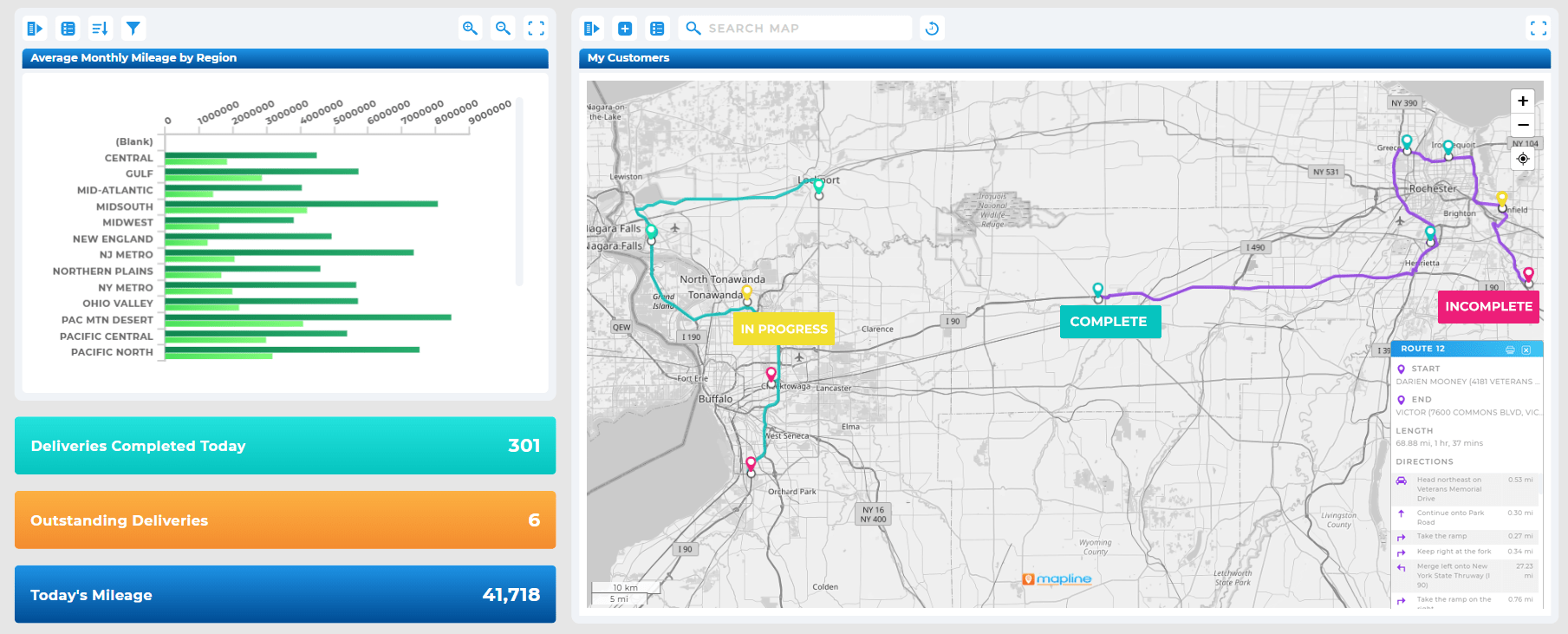
Scale with Confidence
As businesses grow, manual routing doesn’t scale. A bulk planner works hand-in-hand with a fleet management software or fleet management system to handle expanding operations without adding complexity.
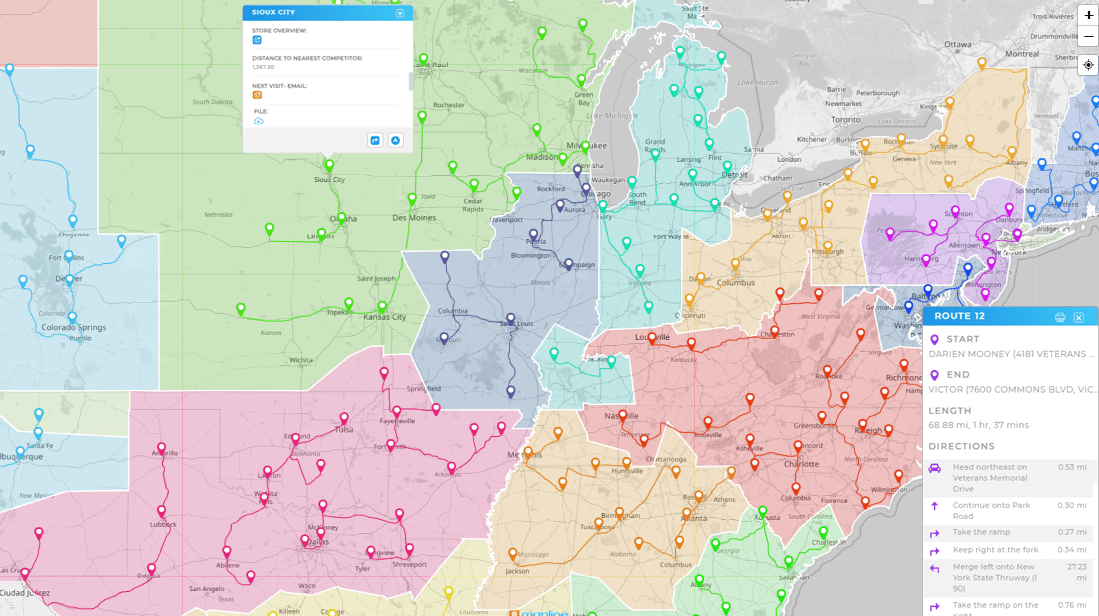
Reduce Maintenance Costs
Smarter routing means fewer miles, which translates to less wear on vehicles. Over time, pairing a bulk planner with fleet maintenance software can extend the life of vehicles and lower maintenance expenses.
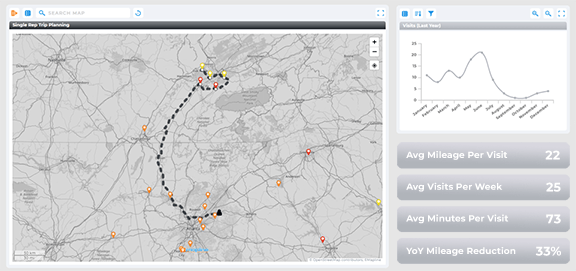
It’s a tool that generates optimized delivery routes across dozens or hundreds of stops at once, saving time and money.
A multi stop route planner handles smaller sets of stops, while a bulk route planner is designed for high-volume operations.
Yes, but free tools often limit the number of stops and lack optimization features needed for large fleets.
It integrates routing with vehicle tracking, performance metrics, and scheduling to create a complete logistics system.
Yes. By lowering mileage and improving efficiency, businesses reduce strain on vehicles, especially when paired with fleet maintenance software.
Yes. Advanced platforms like Mapline connect routing, tracking, and reporting in one system.
Because high-volume deliveries require scalability, optimization, and cost savings that free or basic tools can’t provide.






